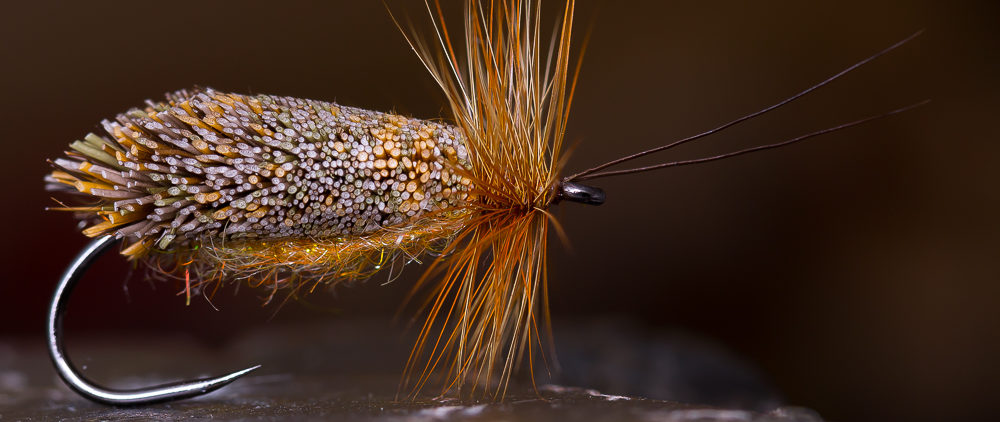Some month ago I started playing around with Senyo’s Laser Dub.
I don’t really like it for the normal dubbed bodies, but for creating 3-D heads and bodies of flies, it’s really cool stuff.
You can put it in a dubbing loop, brush it with a velcro-brush and wind it around or stack it like you do with deer hair, which works best for me do get really compact bodies.
The combination with a zonker stripe works really great. The flies got a lot of volume and the zonker stripe moves really nice in the water.
I gave some friends baitfish patterns tied with Senyo’s Laser Dub for some tests. The results were really good. Perch, trout, asp, chub and seatrout (biggest one was around 70 cm) were caught. When you fish those patterns in strong currents, you should put some weight in the fly or fish with a sinking line.
Here are some examples.






























